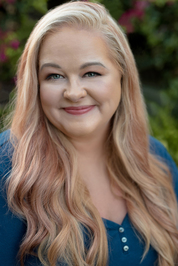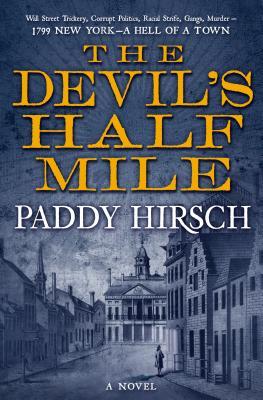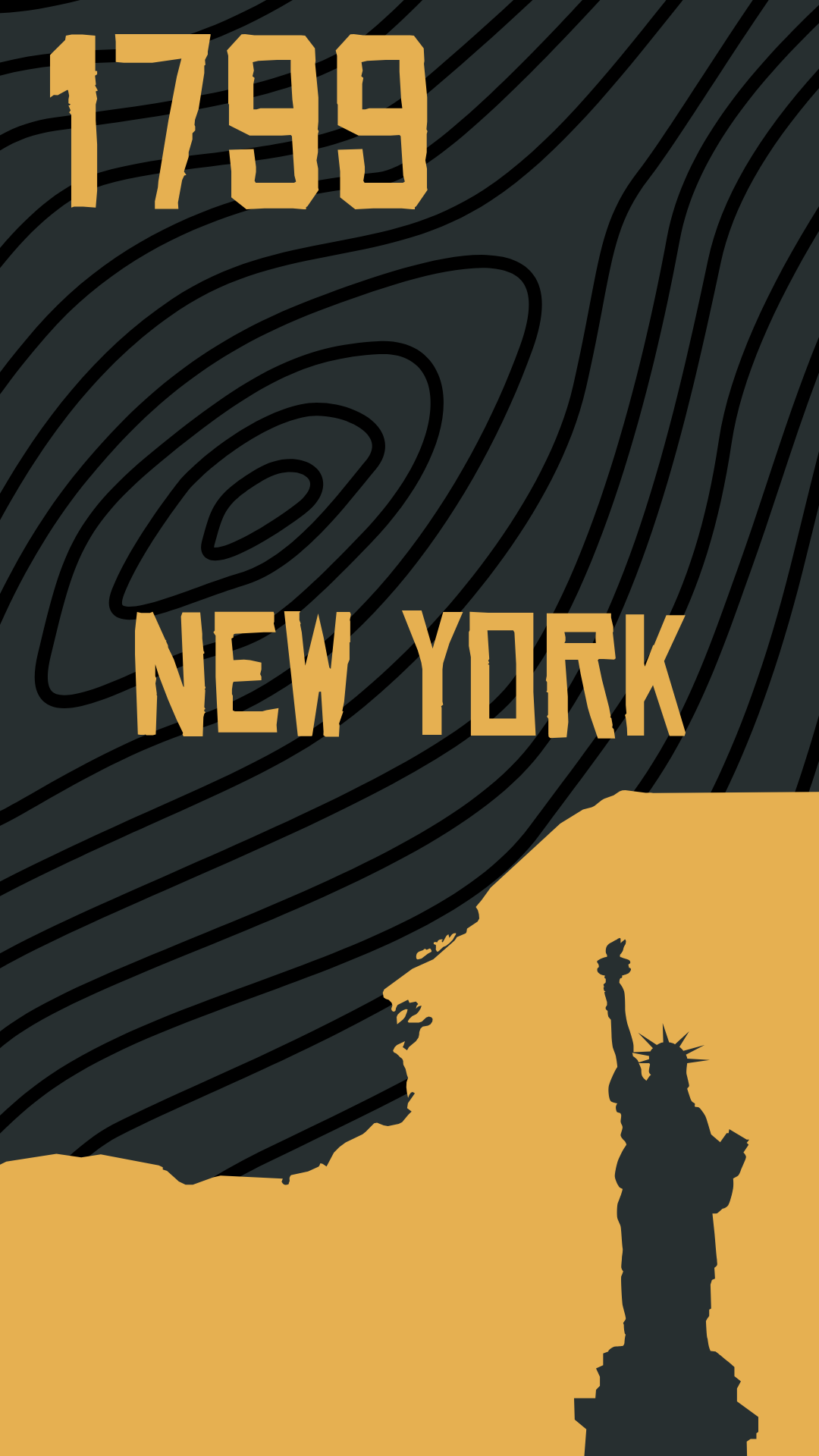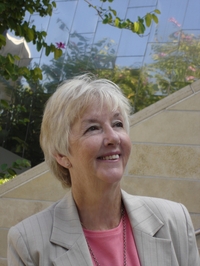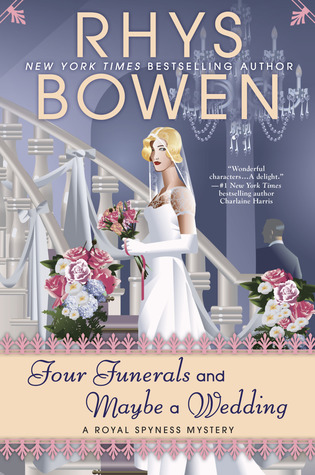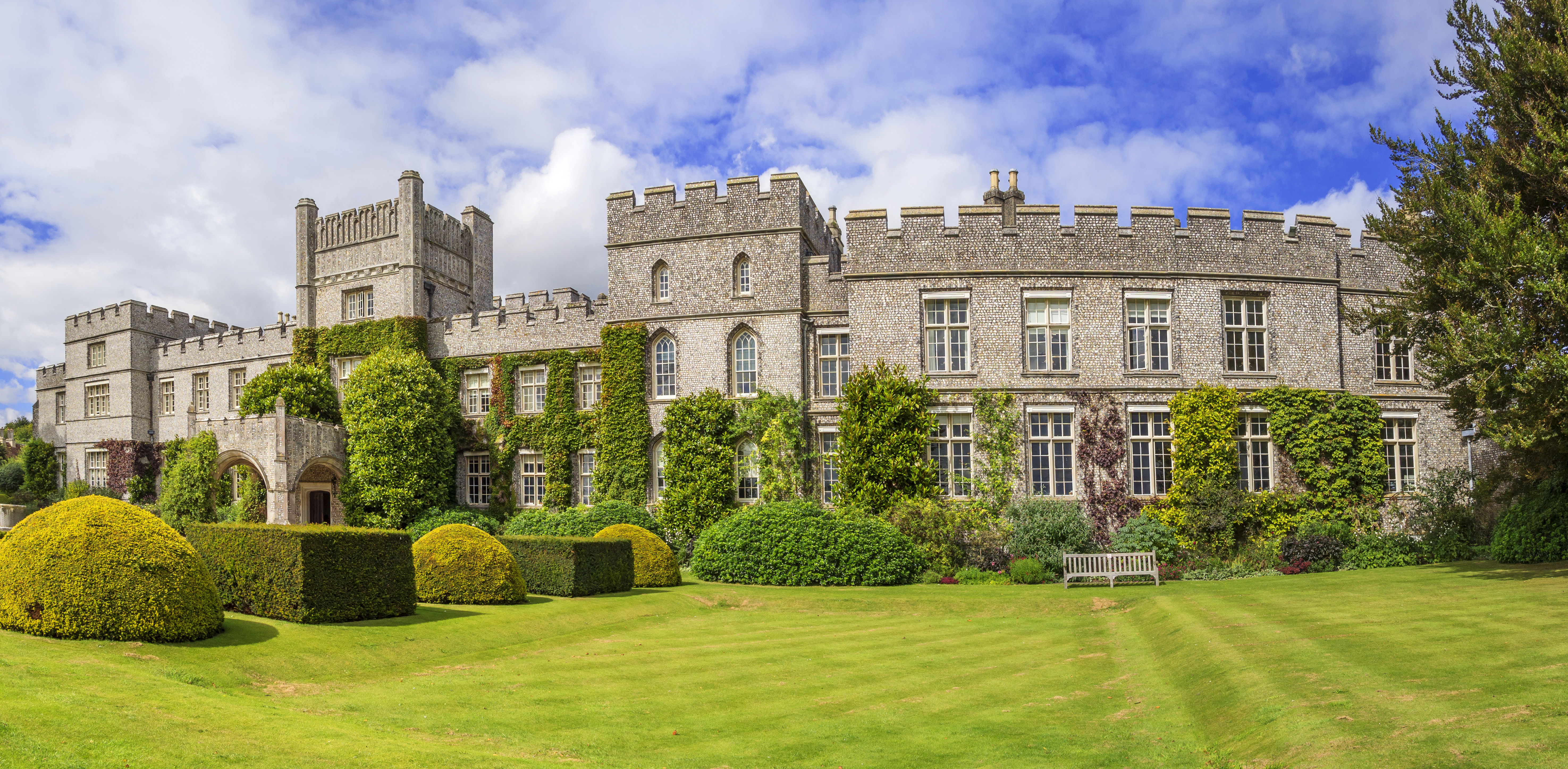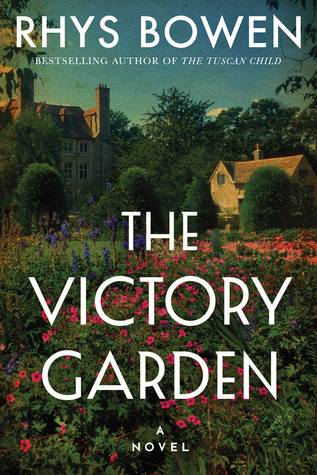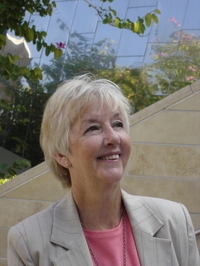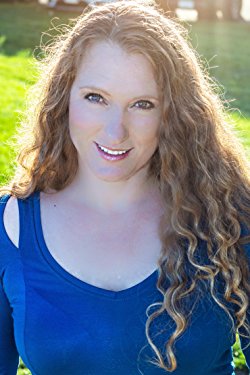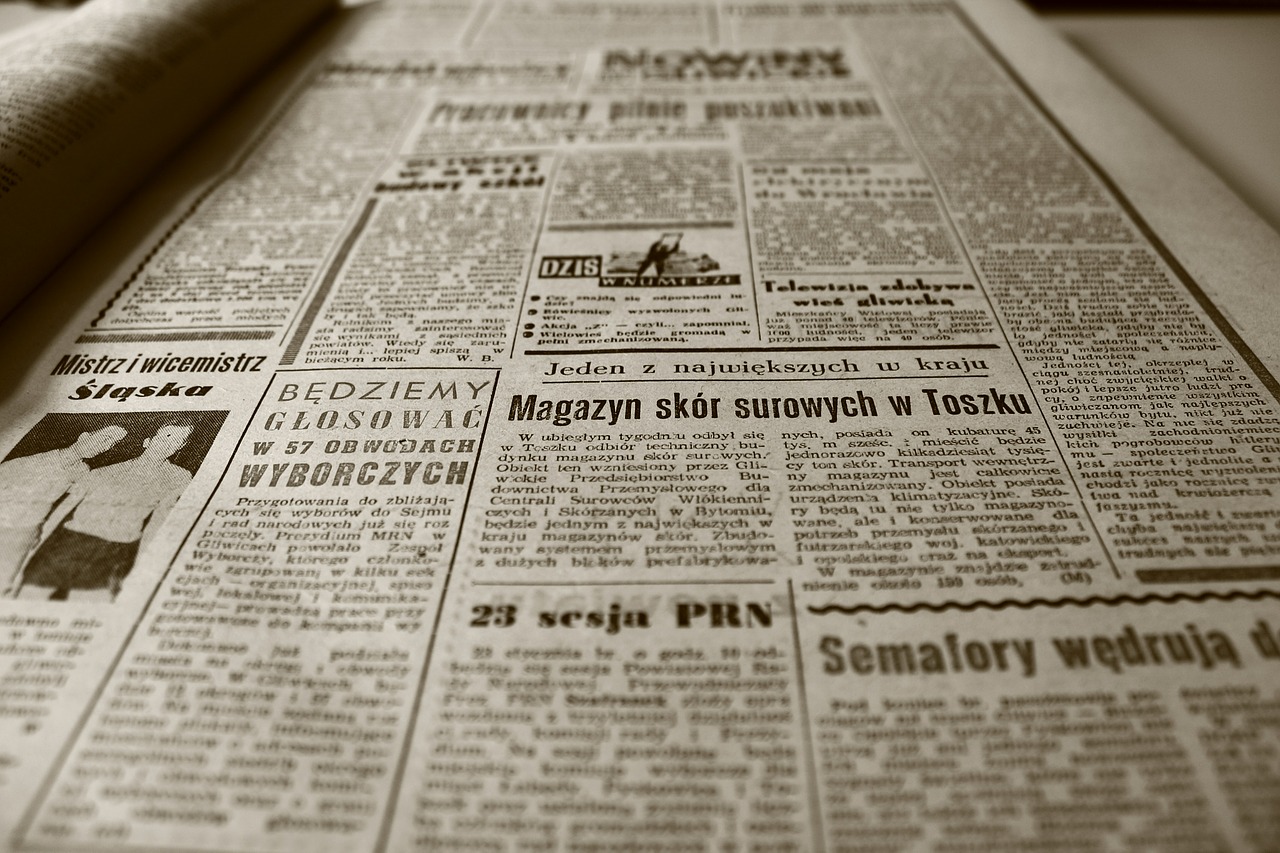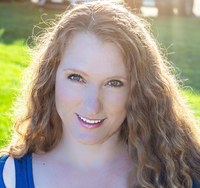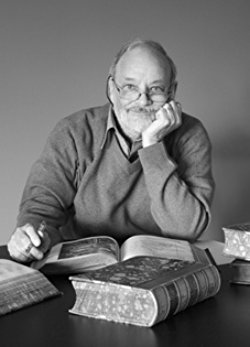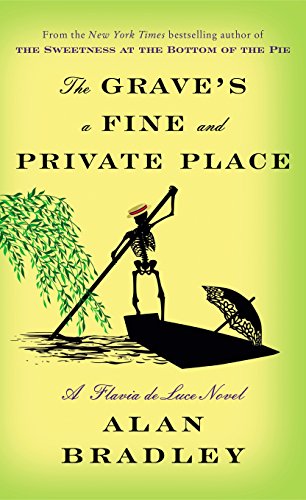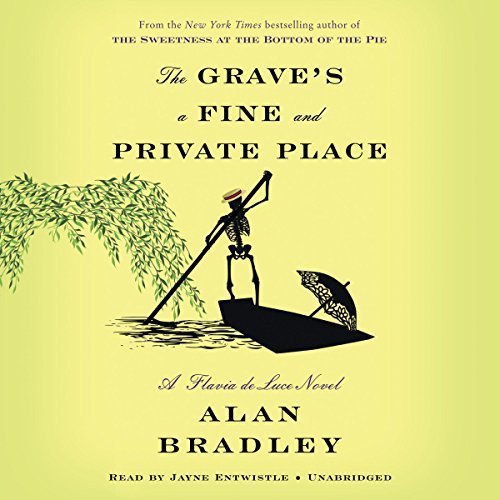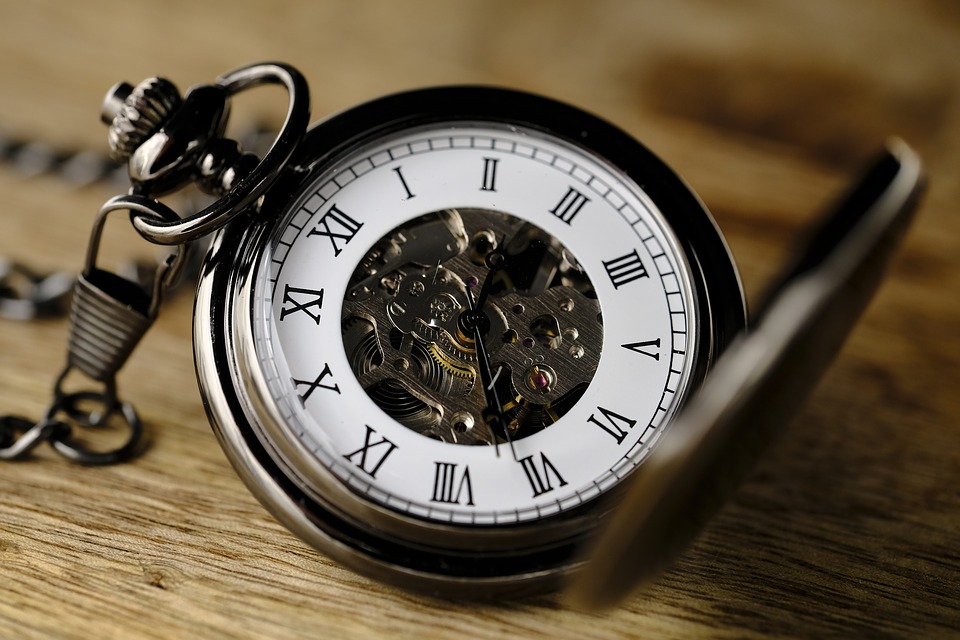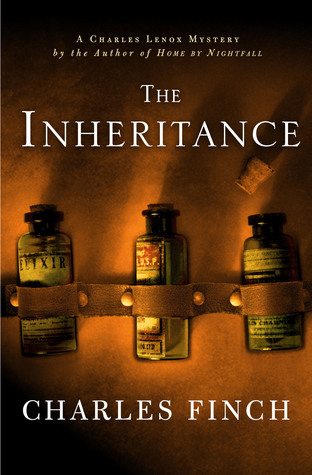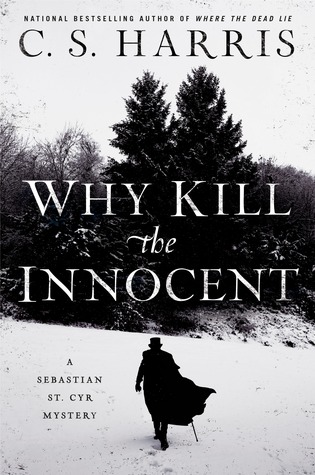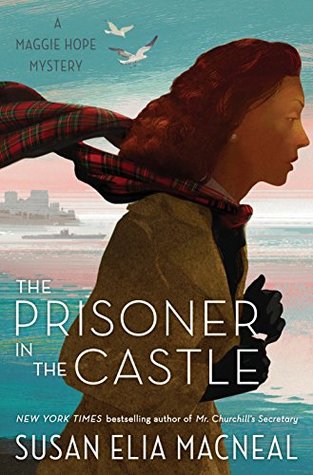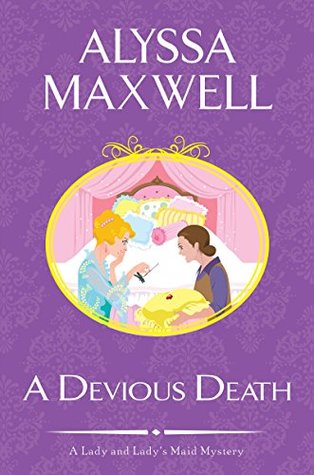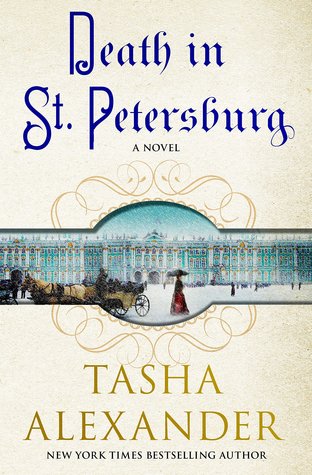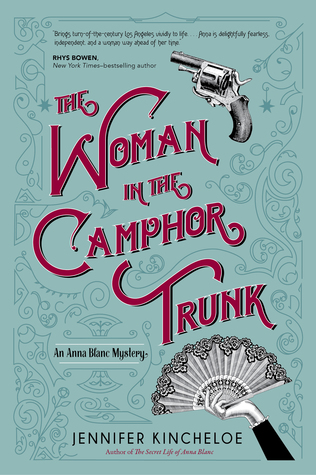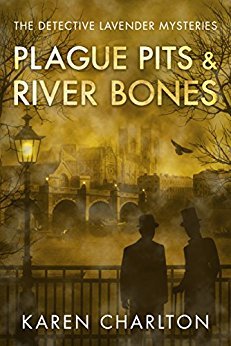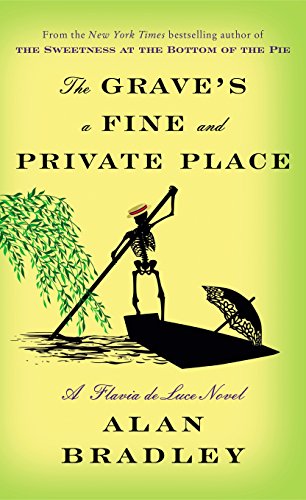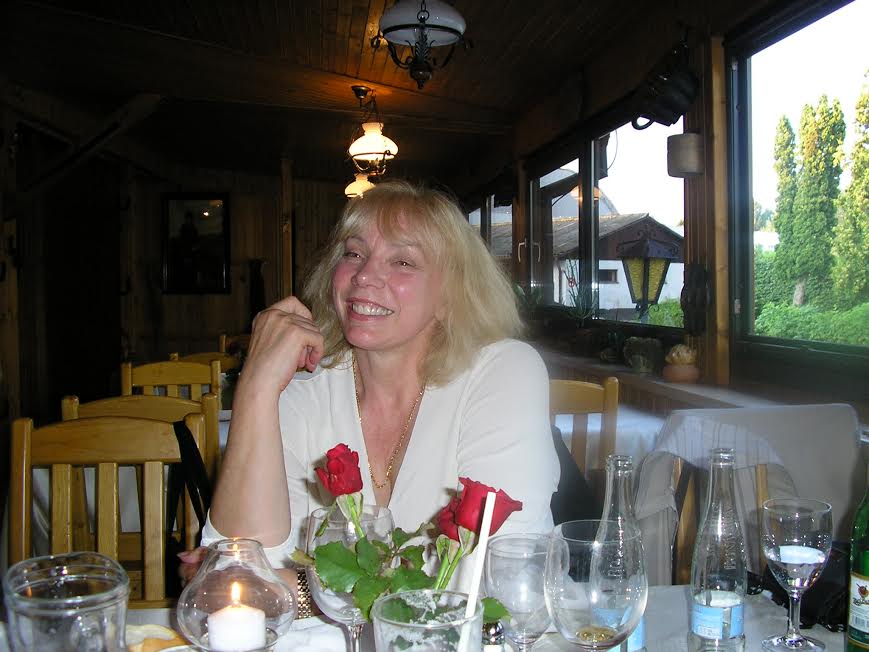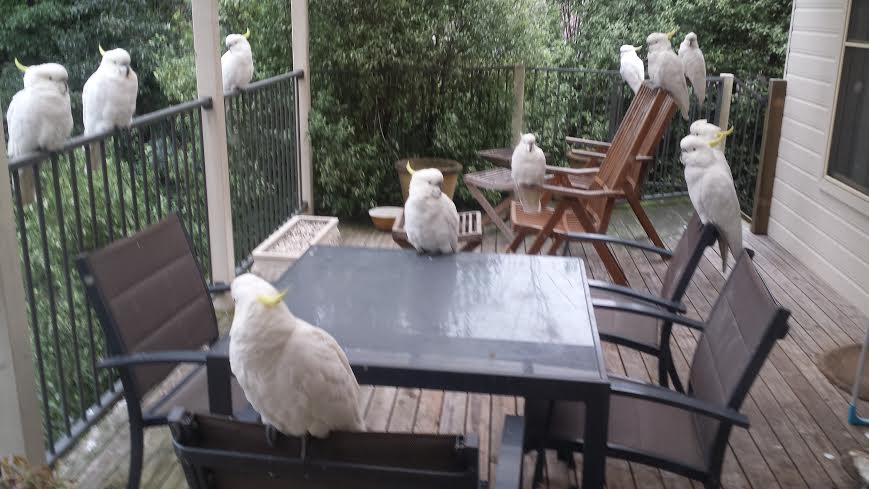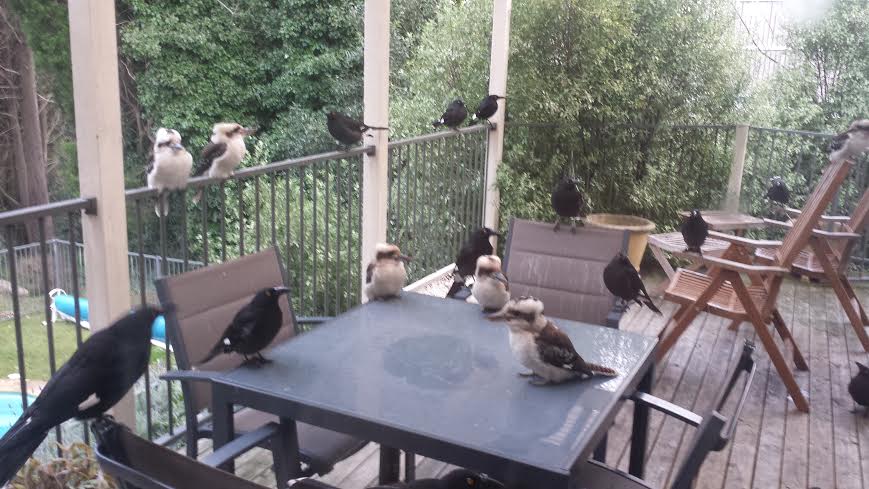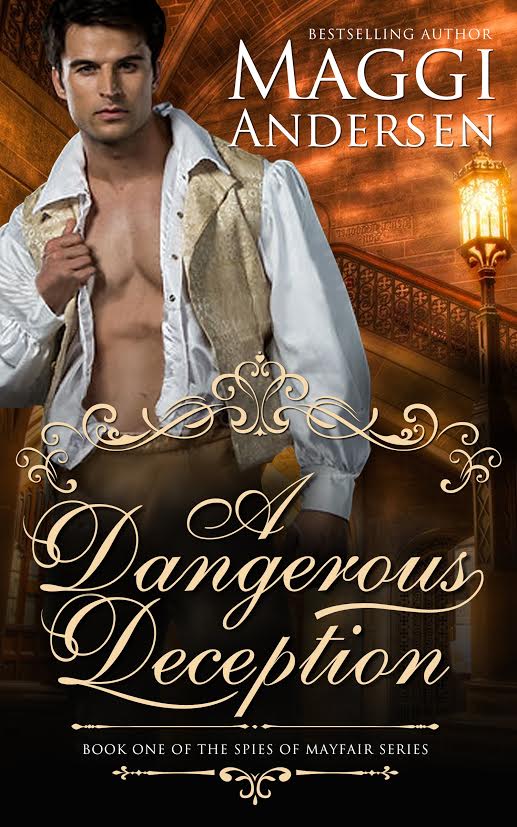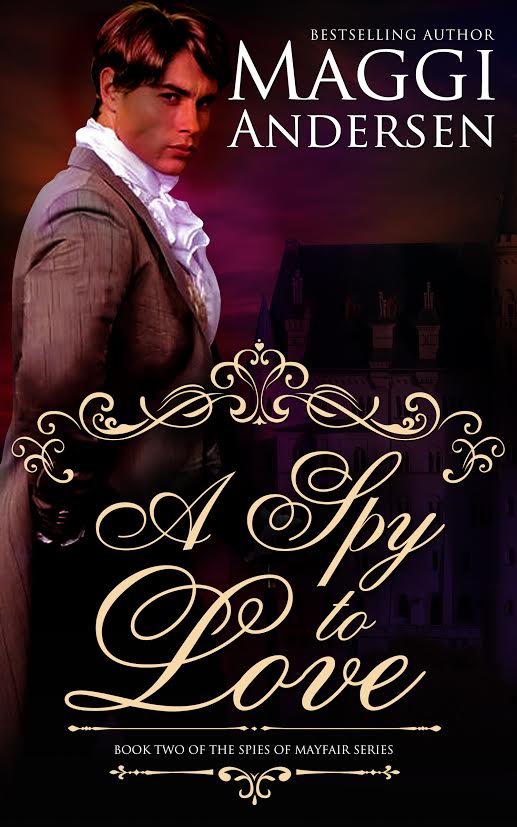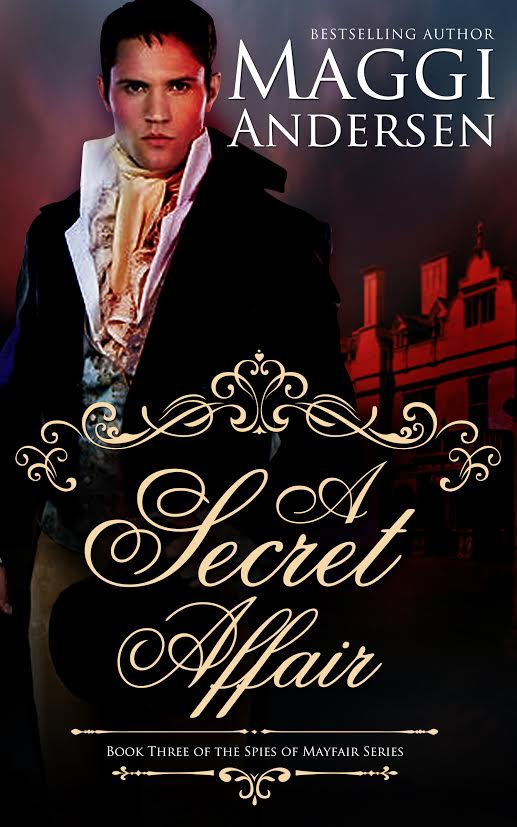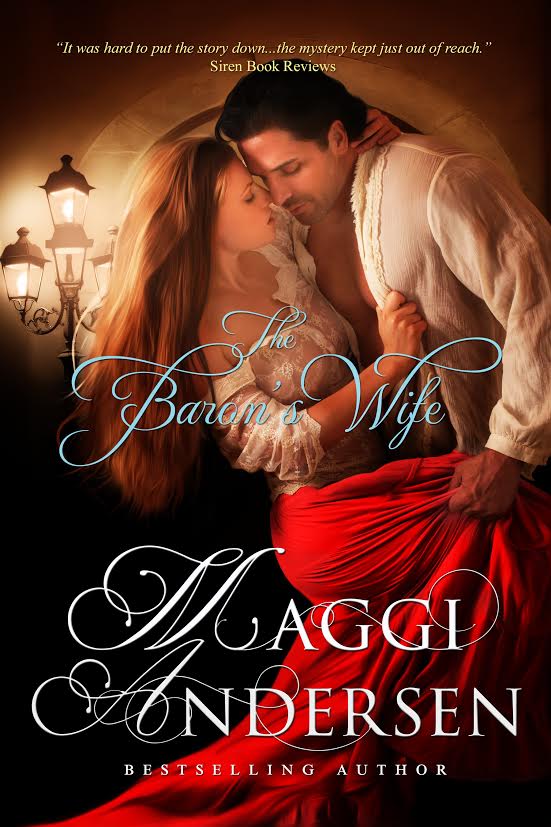
The New York Times and USA Today bestselling author of The Huntress and The Alice Network returns with another heart-stopping World War II story of three female code breakers at Bletchley Park and the spy they must root out after the war is over.
1940. As England prepares to fight the Nazis, three very different women answer the call to mysterious country estate Bletchley Park, where the best minds in Britain train to break German military codes. Vivacious debutante Osla is the girl who has everything—beauty, wealth, and the dashing Prince Philip of Greece sending her roses—but she burns to prove herself as more than a society girl, and puts her fluent German to use as a translator of decoded enemy secrets. Imperious self-made Mab, product of east-end London poverty, works the legendary codebreaking machines as she conceals old wounds and looks for a socially advantageous husband. Both Osla and Mab are quick to see the potential in local village spinster Beth, whose shyness conceals a brilliant facility with puzzles, and soon Beth spreads her wings as one of the Park’s few female cryptanalysts. But war, loss, and the impossible pressure of secrecy will tear the three apart.
1947. As the royal wedding of Princess Elizabeth and Prince Philip whips post-war Britain into a fever, three friends-turned-enemies are reunited by a mysterious encrypted letter–the key to which lies buried in the long-ago betrayal that destroyed their friendship and left one of them confined to an asylum. A mysterious traitor has emerged from the shadows of their Bletchley Park past, and now Osla, Mab, and Beth must resurrect their old alliance and crack one last code together. But each petal they remove from the rose code brings danger–and their true enemy–close
Goodreads | Amazon | B&N
Interview with Author Kate Quinn
1. Was The Rose Code inspired by The Huntress, or The Alice Network?
Neither, really. Bletchley Park has been on my radar for a long time…about 4 years ago I saw an article about it and for some reason it sparked the notion of “Hmm, I wonder if I could set a novel there…”
- What inspired you to tell the story of three female code breakers of Bletchley Park?
Most of the books I’d read about BP were about the male codebreakers, yet women were by far the majority of the workforce by the end. I wanted to explore a story about the ladies instead!
- Does Osla, Mab, and Beth undergo a character arc?
They all do. Osla is struggling to prove herself as more than just a pretty debutante, and struggling to find a home and family–a place she belongs. Mab is struggling to find security, not just for herself but for her little sister. Beth is struggling to get out from behind her domineering mother’s shadow. By the end they’ve all found answers to these questions, though of course they’ve found more questions along the way!
- What makes them great codebreakers?
Beth–a cryptanalyst–has the kind of brain that sees and rearranges patterns, which is what makes her so good at wedging a foot in the door of seeming impenetrable code. Osla is fluent in German, which makes her a terrific translator of decoded Axis traffic. Mab has wonderful powers of concentration and attention to detail, which makes her great at operating and running the tricky bombe machines that help break ciphers.
- How much did you have to research codebreaking, or WWII Cryptography?
So much! I must have gone through hundreds of books, articles, Youtube videos, and more in the writing of this book–and I went to Bletchley Park as well. It’s a terrific historic site and visitors center now.
- What are some interesting facts about codebreaking that aren’t in the book?
Ian Fleming–creator of James Bond–was in and out of Bletchley Park, and I’d have loved to include him as a character, but there wasn’t room.
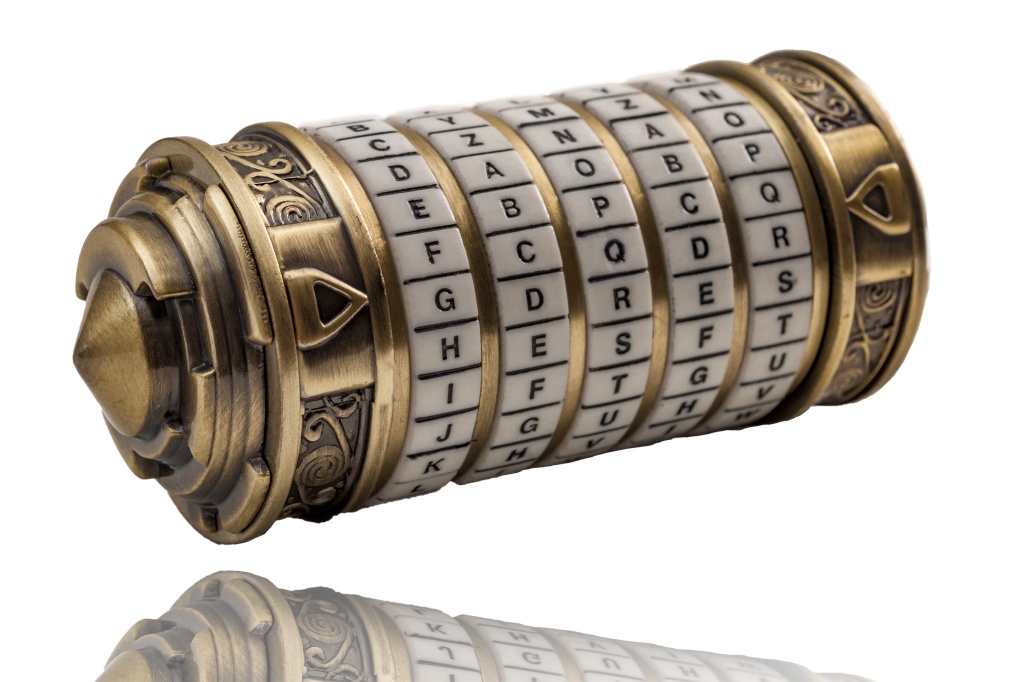
- If you had a choice to be Osla, Mab, or Beth, who would you be and why?
I’d love to have Beth’s brain. I don’t think I’d be a good cryptanalyst myself, so it would be wonderful to see it from her eyes.
- Do you speak German, or did you have to learn it for the book?
I speak opera German, which isn’t very useful for research! This book require much in foreign languages as far as research went, but when it did, I relied on online translation programs and some very helpful multi-lingual friends to aid in translating things.
- Are there any thematic elements of having three female protagonists?
They all experience different sides of what it is to be female in a workplace run by men. Overall Bletchley Park was a much more egalitarian environment–women found they were able to make their voices heard there in a way that didn’t happen as often in outside workplaces–but there were still difficulties.
- Are the three characters based upon real people or completely fictional?
Mab is fictional; Beth is a fictional composite of two real women who worked at Bletchley Park; Osla is a lightly fictionalized version of Osla Benning who was a Hut 4 translator and really did date Prince Philip through much of the war.
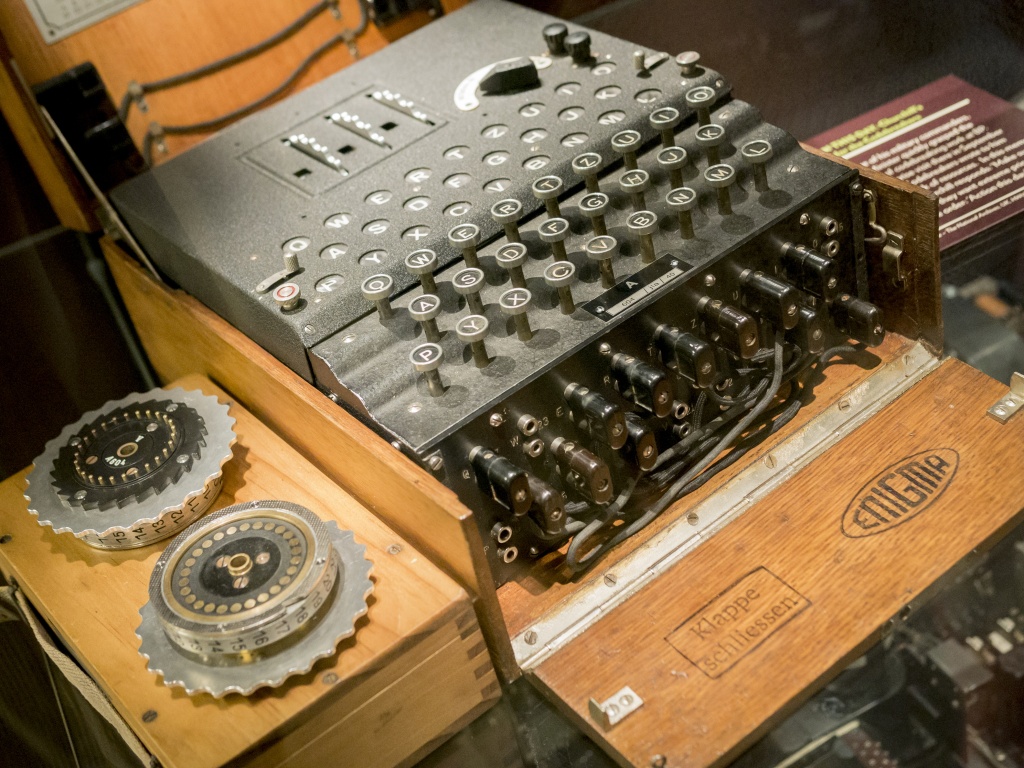
- I read that 75% of the codebreakers were women. Why was there such a large percentage of females?
Probably because so many men were joining the military and going off to fight–women were stepping into the shoes they left behind in the workplace.
- Is the title The Rose Code based upon real life events?
No, that’s my invention. Though there were ciphers at Bletchley Park named after birds, colors, animals…and even flowers!
- Author Fiona Davis Dubbed you “The reigning Queen of historical fiction.” What makes you so passionate about history?
My mother was a librarian and a history buff–her degree was in ancient & medieval history–so those were the stories I was hearing from a young age. The past always fascinated me, so that’s where I gravitated when it came time to tell stories of my own.
- Have you seen any good movies about the codebreakers?
The Imitation Game (Benedict Cumberbatch), Enigma (Kate Winslet, Dougray Scott, Nikolaj Coster-Waldau), and the Bletchley Circle TV series!
